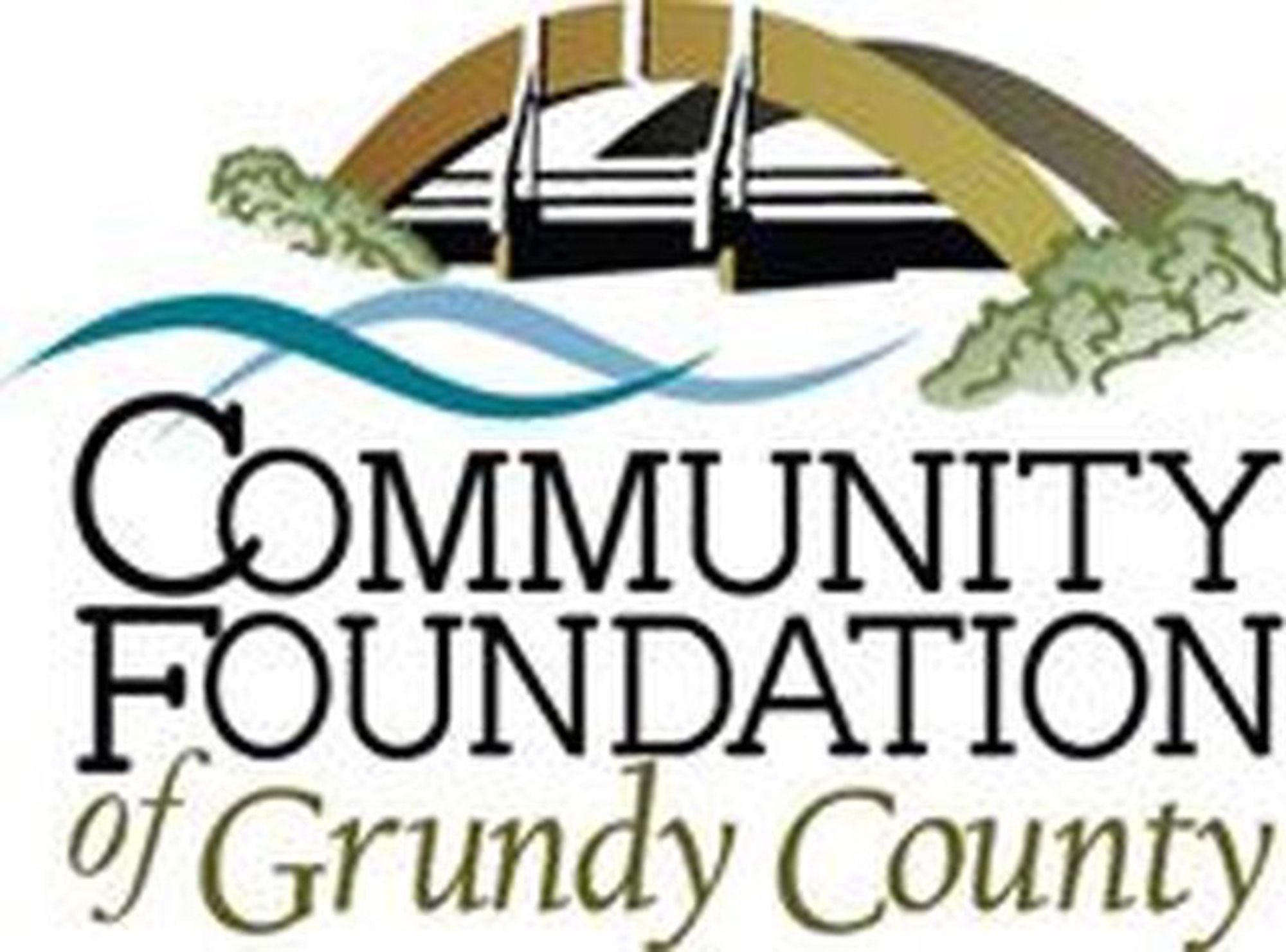Lifestyle
Explore Creative Ways to Donate Non-Cash Assets This Year-End

As the year draws to a close, individuals are encouraged to consider various methods of charitable giving beyond traditional cash donations. With National Philanthropy Month approaching in November, now is an opportune time to explore options for donating non-cash assets to support your preferred charities.
One effective strategy is utilizing Qualified Charitable Distributions (QCDs). For individuals aged 70½ and older, this allows for the re-direction of the Required Minimum Distribution (RMD) from an Individual Retirement Account (IRA) directly to a charity. By doing so, donors can avoid paying income tax on that amount. To initiate a QCD, simply contact your IRA administrator and instruct them to send a portion or the entirety of your RMD to the charity of your choice. Since this amount does not pass through your account, it will not count toward your Adjusted Gross Income (AGI), eliminating the need for a charitable tax receipt.
Alternative Donation Options
Farmers have additional opportunities for charitable giving. For instance, you can donate bushels of grain. Upon delivery to an elevator, instruct them that a specific quantity is designated for your chosen charity. The elevator will sell the grain and forward the proceeds to the charity. If you own farmland, consider donating it to the Community Foundation of Grundy County, which will retain the property and use the proceeds from grain sales for grant-making purposes.
Non-farm real estate also qualifies as a non-cash asset for donation. This category includes homes, commercial properties, and even vacation homes. However, it is essential to ensure that the charity is willing to accept the property. If this is an option you are considering, begin the process early enough to complete the donation by December 31.
Another potential avenue for charitable contributions involves insurance policies. If you possess a policy that is no longer needed, you can change the beneficiary to your chosen charity. This strategy transforms the policy into a significant future gift, creating a lasting impact beyond your lifetime. Similarly, annuities can be designated to a charity by altering the named beneficiaries.
Donating stock presents an attractive option as well. By opting to donate stock instead of liquidating it, you can avoid capital gains taxes. Start by confirming whether the charity has a brokerage account. Then, request that your broker transfer the stock directly to the charity. The charity’s broker will handle the sale, and you will receive a charitable tax receipt detailing the stock’s name and sale date.
Personal Property and Other Considerations
Donating personal property, such as jewelry, art, or vehicles, is another possibility, though it can be more complex. You must find a charity willing to accept such items, and they must hold financial rather than merely sentimental value. If this appeals to you, collaborate with the charity to identify professionals who can evaluate the property’s worth and facilitate the donation.
When contributing non-cash assets, gather relevant documentation from the charity, including their legal name and EIN number. Request a copy of their IRS Letter of Determination or a federal W-9 to aid in claiming these gifts on your tax return.
If you seek a charitable avenue but are unsure of which organizations to support, consider establishing or contributing to a fund at the Community Foundation of Grundy County. For example, a Donor Advised Fund allows you to make a donation now and decide on the timing of grants later.
For more information, reach out to Julianne Buck, Executive Director of the Community Foundation of Grundy County. They are located in the historic Coleman Hardware Building at 520 W. Illinois Avenue in Morris, Illinois. You can contact them via phone at 815-941-0852 or through email at [email protected].
-

 Lifestyle1 month ago
Lifestyle1 month agoWinnipeg Celebrates Culinary Creativity During Le Burger Week 2025
-

 Health2 months ago
Health2 months agoMontreal’s Groupe Marcelle Leads Canadian Cosmetic Industry Growth
-

 Science2 months ago
Science2 months agoMicrosoft Confirms U.S. Law Overrules Canadian Data Sovereignty
-

 Education2 months ago
Education2 months agoRed River College Launches New Programs to Address Industry Needs
-

 Technology2 months ago
Technology2 months agoDragon Ball: Sparking! Zero Launching on Switch and Switch 2 This November
-

 Science2 months ago
Science2 months agoTech Innovator Amandipp Singh Transforms Hiring for Disabled
-

 Technology2 months ago
Technology2 months agoGoogle Pixel 10 Pro Fold Specs Unveiled Ahead of Launch
-

 Science2 months ago
Science2 months agoChina’s Wukong Spacesuit Sets New Standard for AI in Space
-

 Technology2 months ago
Technology2 months agoWorld of Warcraft Players Buzz Over 19-Quest Bee Challenge
-

 Science2 months ago
Science2 months agoXi Labs Innovates with New AI Operating System Set for 2025 Launch
-

 Business2 months ago
Business2 months agoDawson City Residents Rally Around Buy Canadian Movement
-

 Business2 months ago
Business2 months agoNew Estimates Reveal ChatGPT-5 Energy Use Could Soar
-

 Technology2 months ago
Technology2 months agoInnovative 140W GaN Travel Adapter Combines Power and Convenience
-

 Technology2 months ago
Technology2 months agoFuture Entertainment Launches DDoD with Gameplay Trailer Showcase
-

 Technology2 months ago
Technology2 months agoGlobal Launch of Ragnarok M: Classic Set for September 3, 2025
-

 Education2 months ago
Education2 months agoAlberta Teachers’ Strike: Potential Impacts on Students and Families
-

 Technology2 months ago
Technology2 months agoArsanesia Unveils Smith’s Chronicles with Steam Page and Trailer
-

 Technology2 months ago
Technology2 months agoNew IDR01 Smart Ring Offers Advanced Sports Tracking for $169
-

 Technology2 months ago
Technology2 months agoHumanoid Robots Compete in Hilarious Debut Games in Beijing
-

 Science2 months ago
Science2 months agoNew Precision Approach to Treating Depression Tailors Care to Patients
-

 Health2 months ago
Health2 months agoGiant Boba and Unique Treats Take Center Stage at Ottawa’s Newest Bubble Tea Shop
-

 Technology2 months ago
Technology2 months agoQuoted Tech Launches Back-to-School Discounts on PCs
-

 Business2 months ago
Business2 months agoBNA Brewing to Open New Bowling Alley in Downtown Penticton
-

 Technology2 months ago
Technology2 months agoDiscover the Relaxing Charm of Tiny Bookshop: A Cozy Gaming Escape










